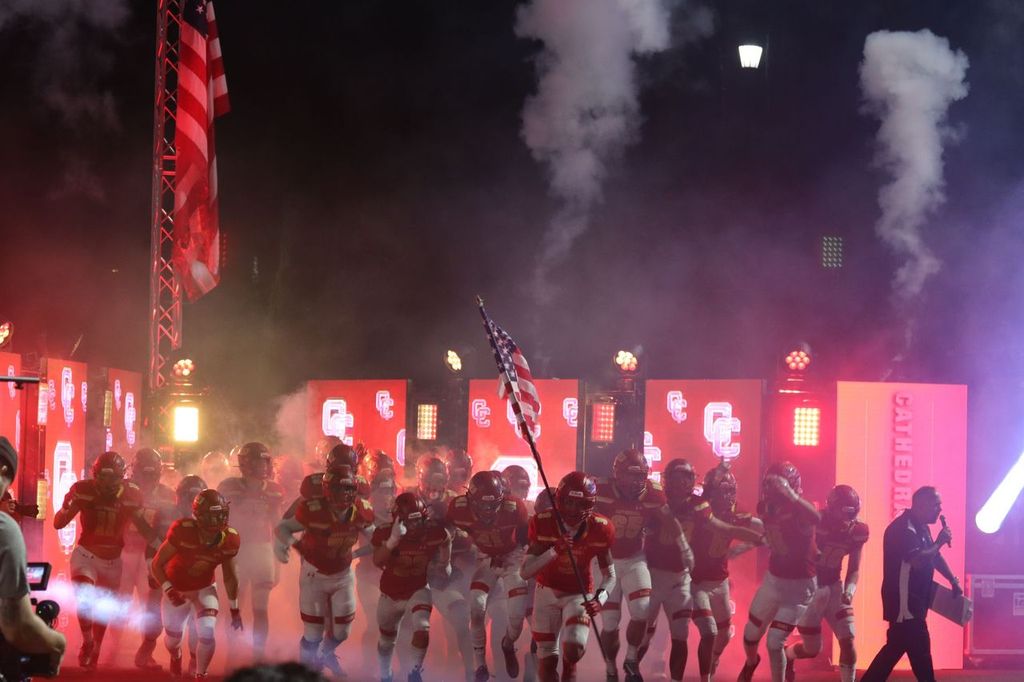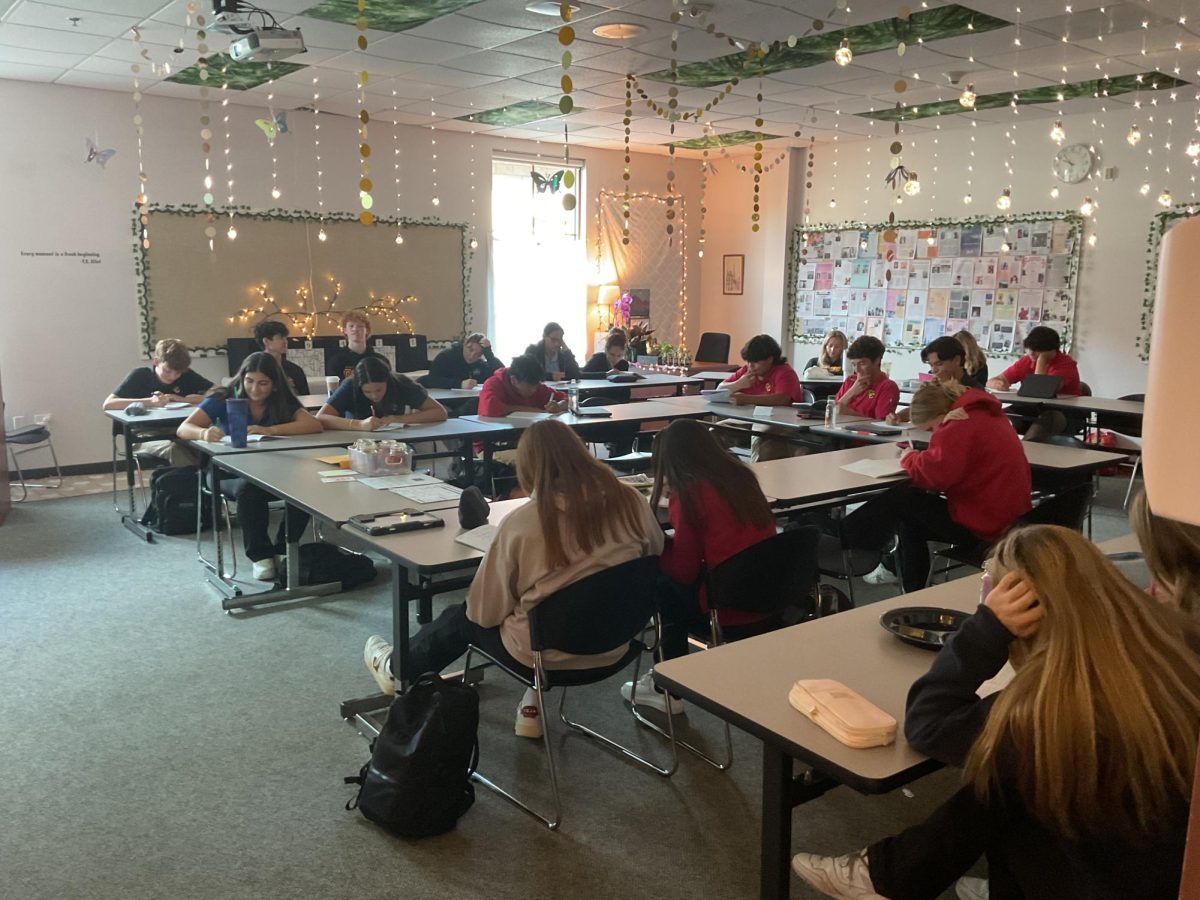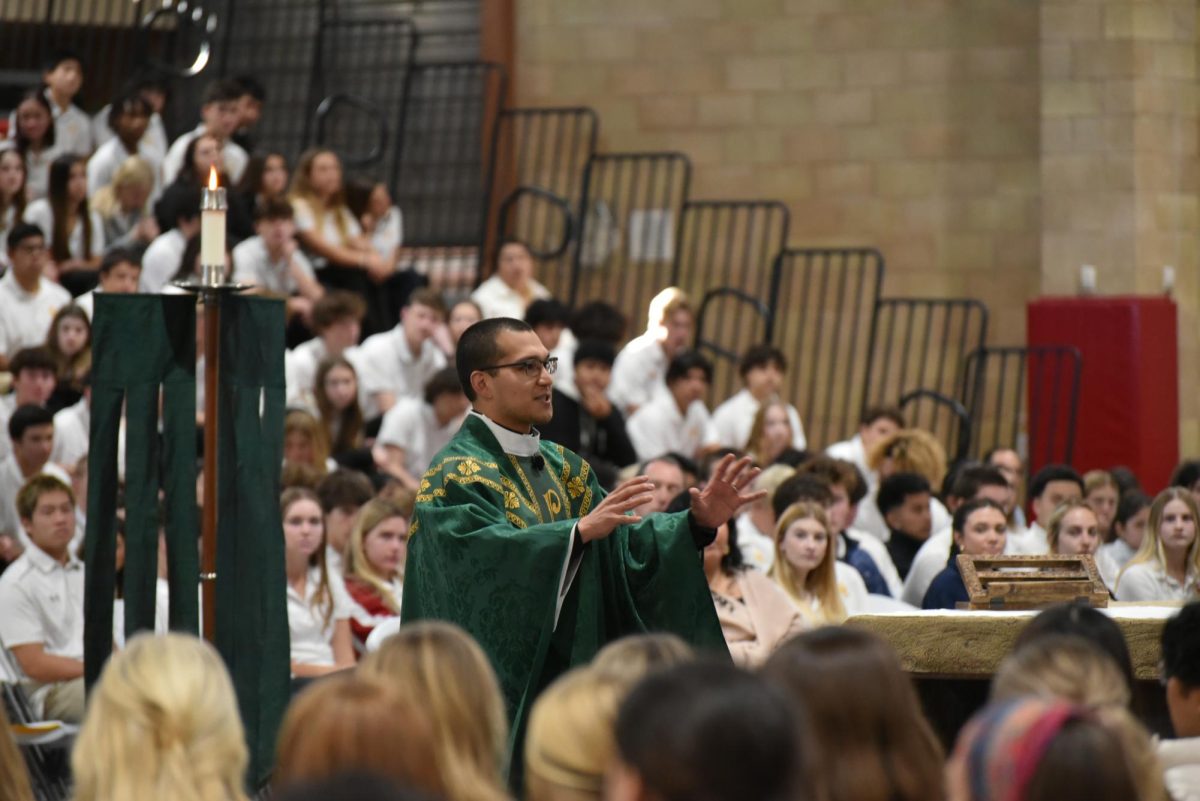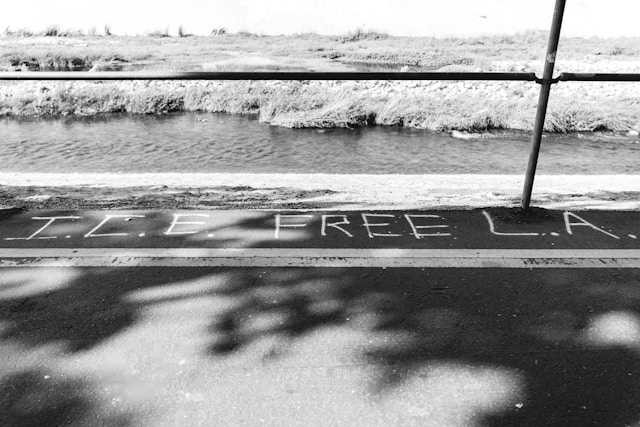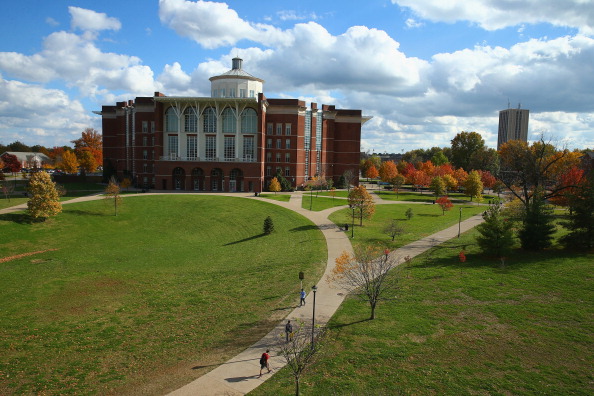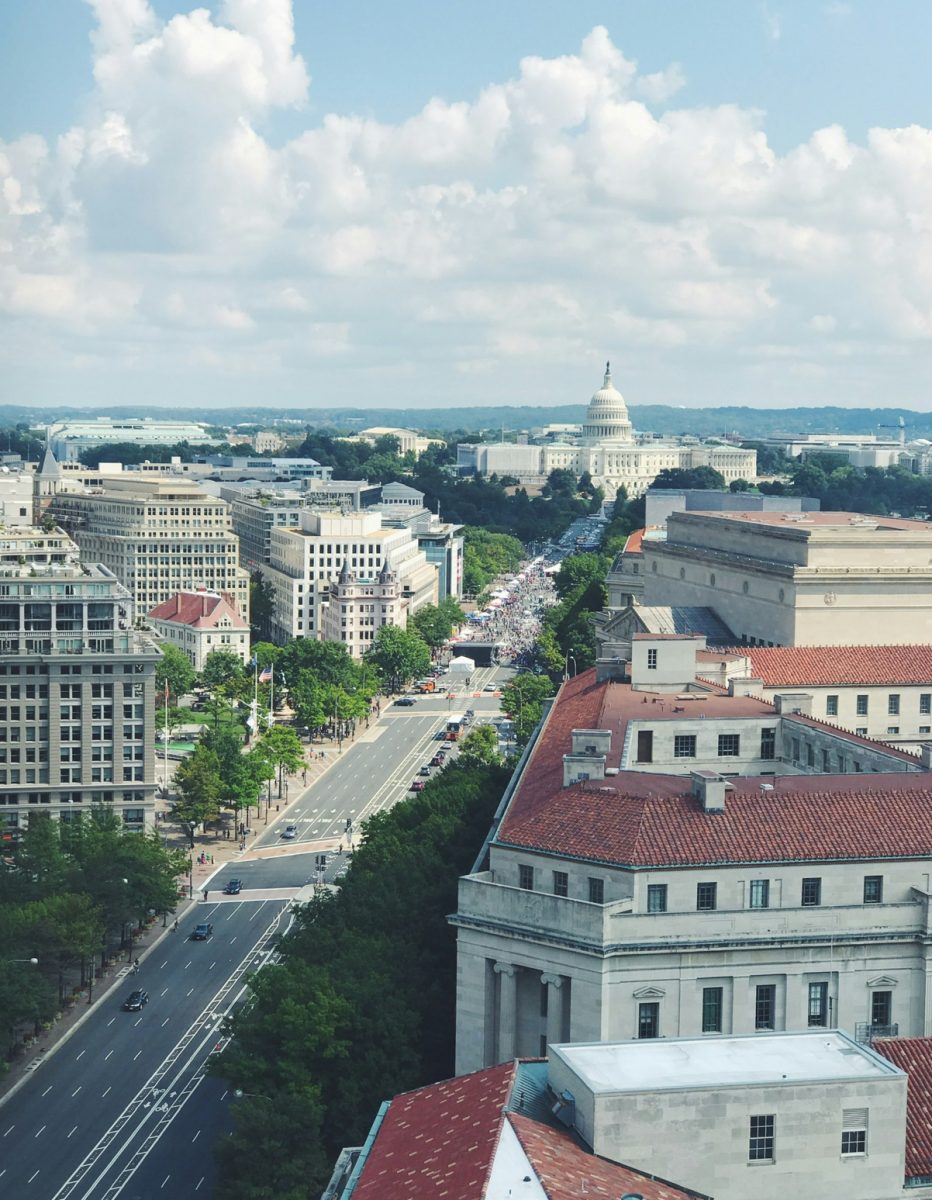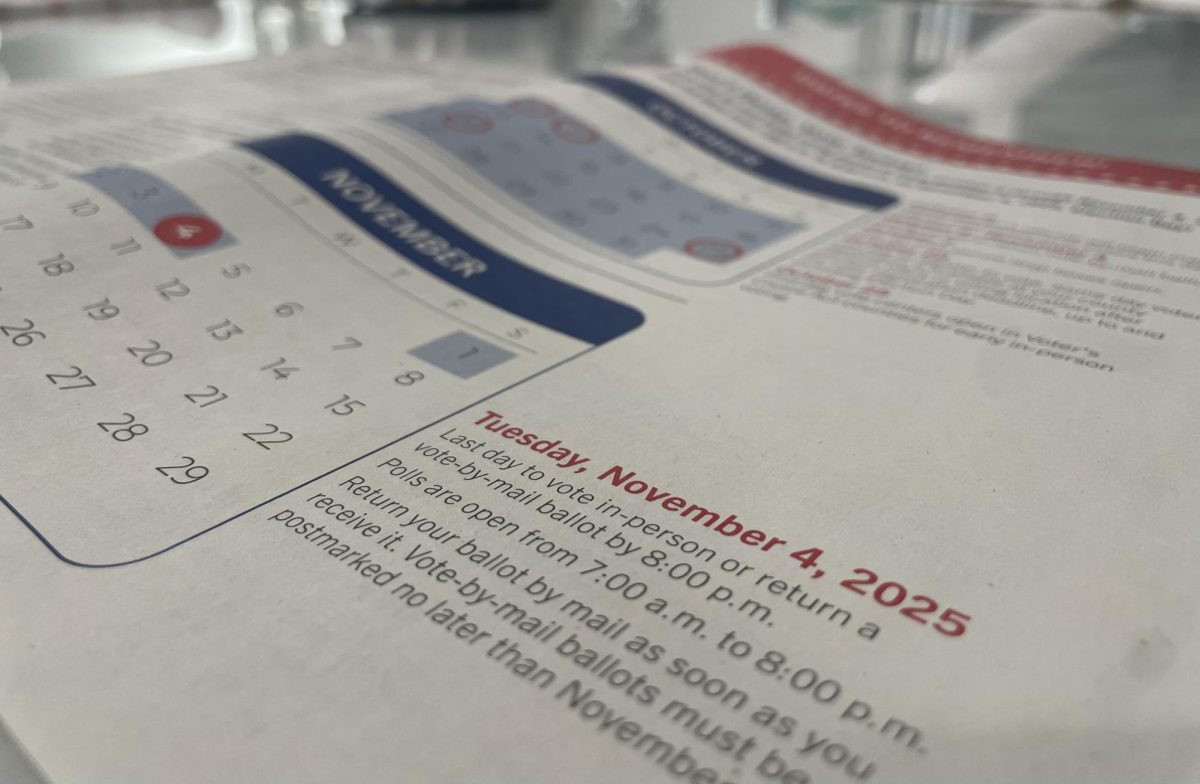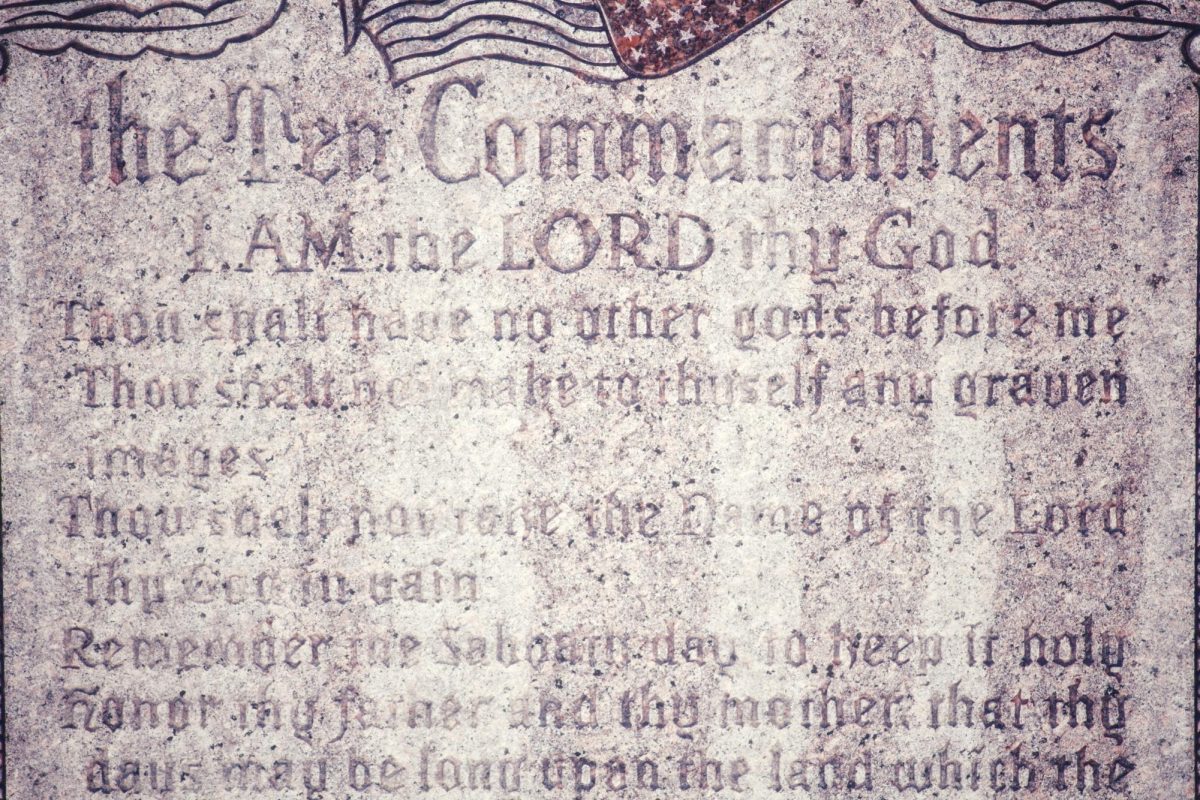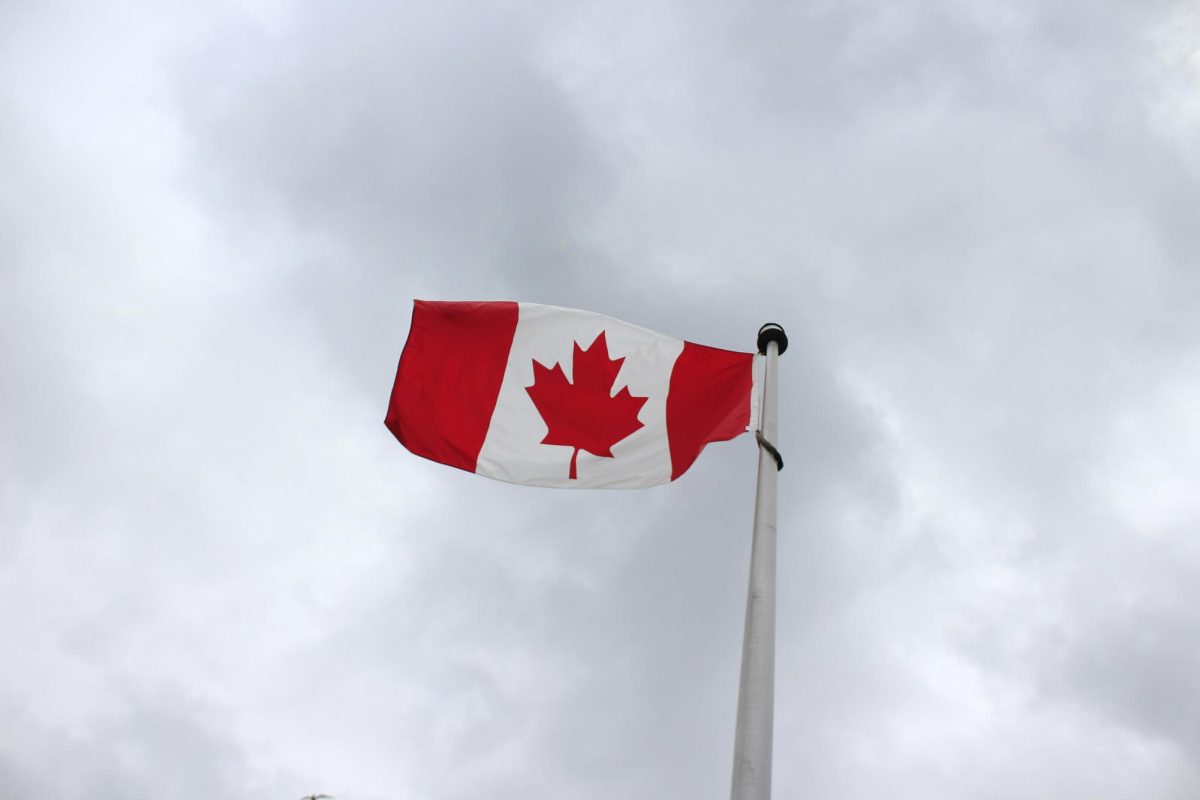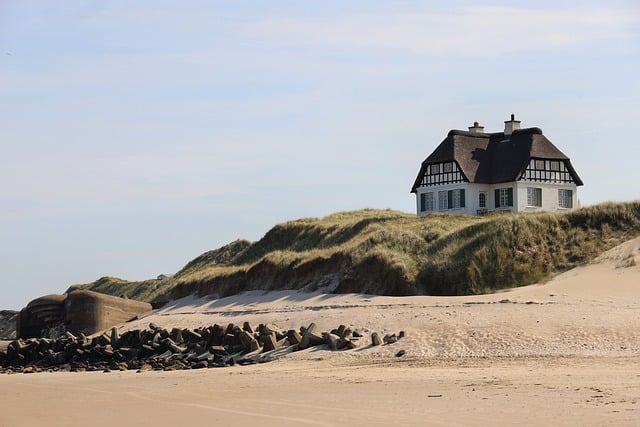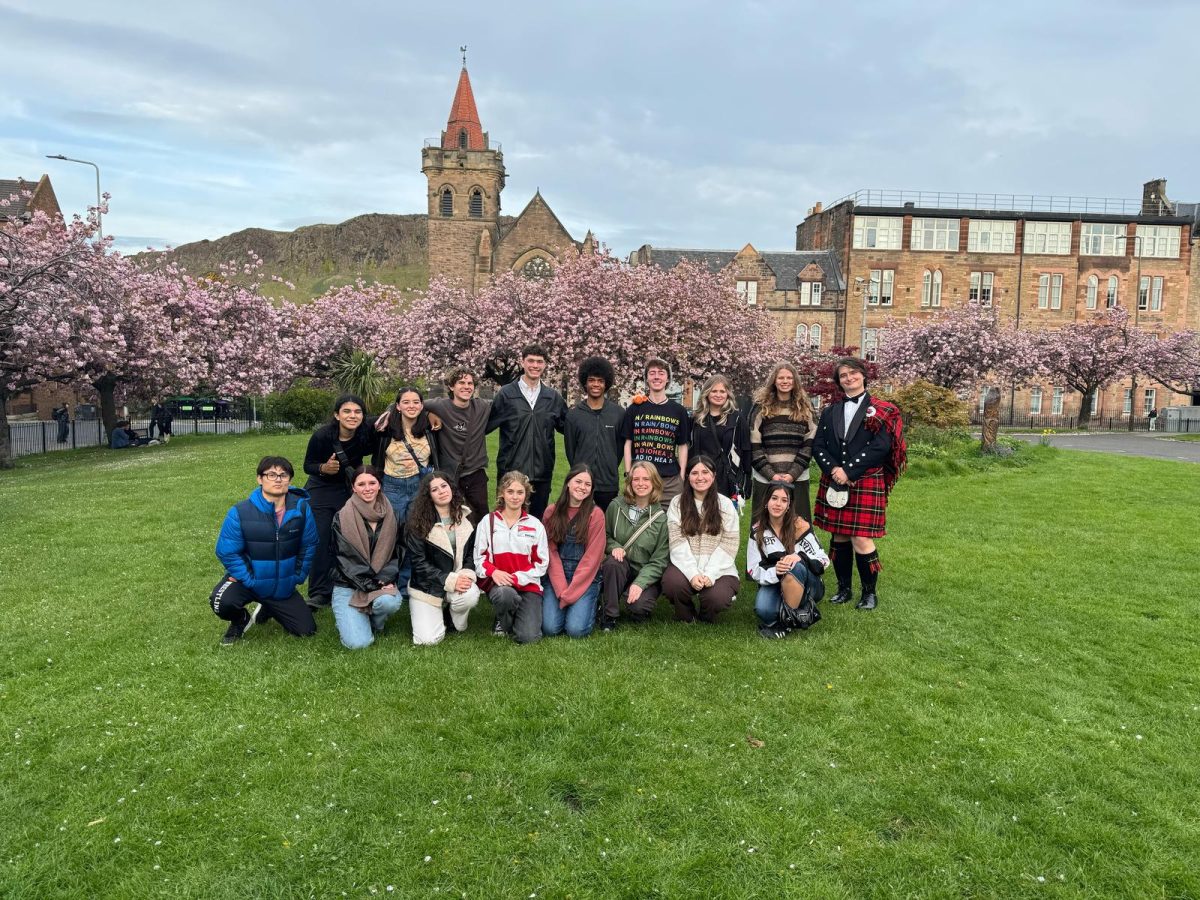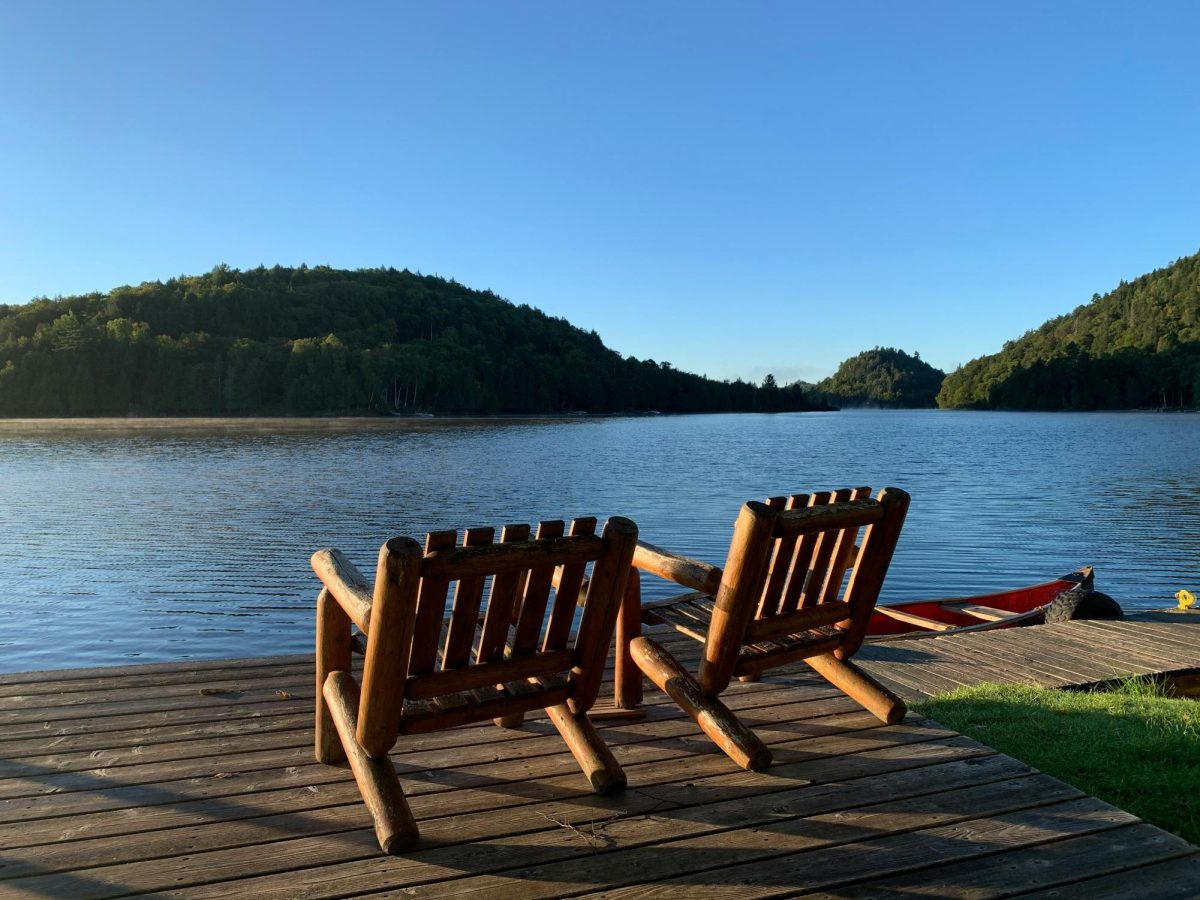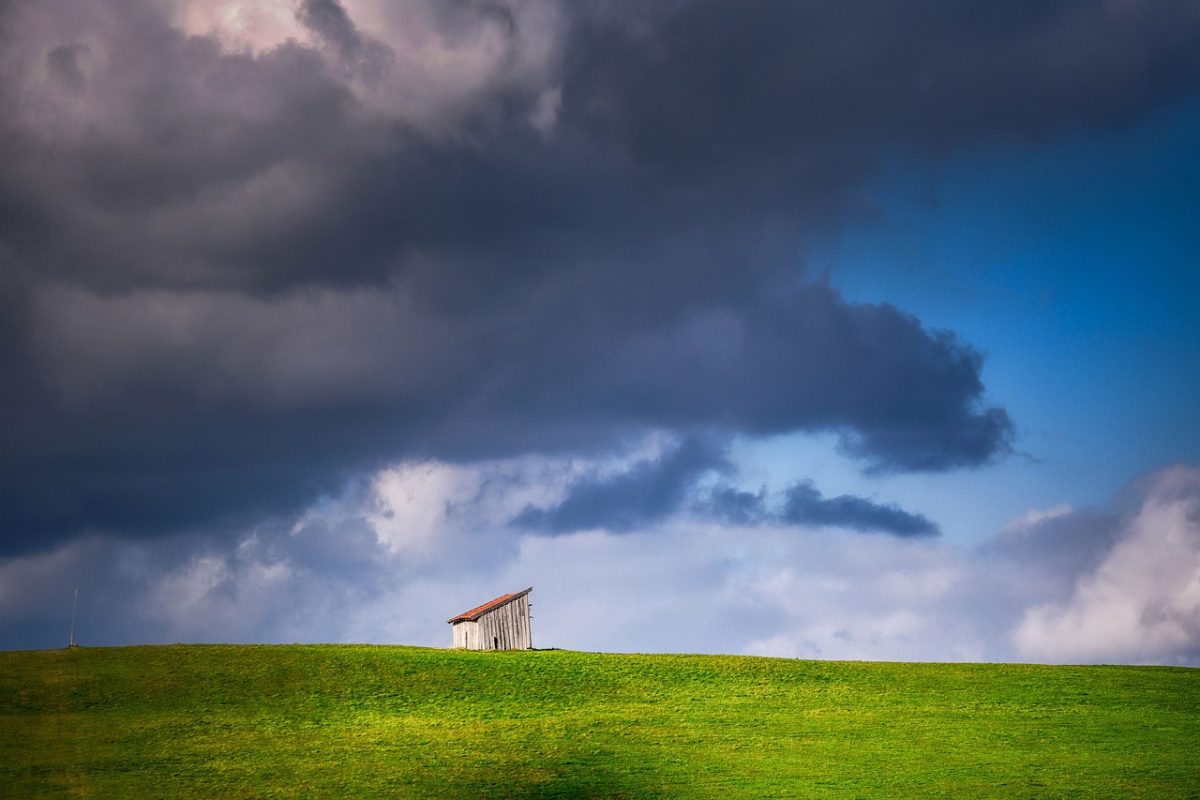The wind is sharp, your nostrils burn, and a cold shiver travels through your spinal cord. These are all things a body feels when in cold weather. But wait a minute. Floridians never experience this feeling of cold, right? Well, they have.
On January 21, 2025, the state of Florida recorded 10 inches of snow. This phenomenon is one of a kind. Why is this happening, and what is changing within the climate causing a dramatic reversal of weather patterns of the East Coast and essentially the United States?
According to The Weather Channel, the system named Winter Storm Enzo was a once-in-a-lifetime winter storm that caused snow totals beyond 10 inches in areas of Louisiana and Alabama. Coteau, Louisiana saw more than 13 inches, and Rayne, Louisiana saw more than 11 inches of snowfall.
The storm also dumped snow on parts of Georgia and the Carolinas, including Savannah and Charleston. Even parts of Florida saw heavy accumulation. All of these states are experiencing very serious weather changes and climate shifts.
Firstly, let’s have a little history lesson on this matter: according to Climate.gov, on January 22, the New Orleans Lakefront in Louisiana hit 26 degrees, the station’s coldest temperature since records began in 1940; meanwhile, Baton Rouge, LA made it to 19 degrees, which is the city’s coldest temperature since records began in 1935.
Lafayette, LA was even colder at 4 degrees, a record low since records began in 1893. Finally, New Iberia, LA saw 2 degrees, making it the site’s record-coldest temperature since its creation in 1948.
This demonstrates that the U.S has a history of dramatic weather, but recently the weather has been changing plenty. So why is this happening?
Climate.gov states that unusually cold and dry air, originating from the Arctic, was in place across much of the Gulf Coast prior to the beginning of the winter storm that buried much of the area in inches of snow. By January 20, 2025, a large trough in the upper atmosphere (also known as a dip in the jet stream) was pushing south and east across much of the central U.S., stretching from the Great Lakes all the way down to the Gulf Coast.
Essentially, the arctic’s harsh winds were pushed into the jet stream causing it to to reach the East Coast and creating historical temperatures surrounding those states.
Climate has also been seen to be a significant factor in this weather phenomenon. Environmental science teacher Mrs. DasGupta spoke on the matter of awareness of climate change.
DasGupta states, “Greenhouse gases and global warming are responsible for frequent, more intense weather events like wildfires and hurricanes. Higher global temperatures lead to a rise in sea levels, burning fossil fuels contributes to air pollution, and weaker jet streams cause longer winters or extended periods of drought.”
DasGupta explains the dangers of fossils and the impact of climate and the potential causes for irregular regular patterns.
DasGupta also spoke on the importance of the role of education in aiding this issue, she states, “By learning about the consequences of unchecked fossil fuel use, people might be more likely to support renewable energy initiatives or push for stricter environmental regulations.”
DasGupta examines the importance of awareness around these issues and how informing the youth can help mend this impending issue of growing climate change: “They might not fully understand the intricate science behind it or the long-term impact of such patterns.”
Furthermore, this issue of weather is crucial and needs to be addressed rapidly. If people continue to ruin this beautiful world, humans will not have a home to go to in the future, they cannot pay for nature to be built.
There are many ways to get involved whether that be educating yourself on the adverse effects of climate change, joining campaigns that raise awareness about climate change, or making small but important changes to your lifestyle that aligns with being more conscientious about the climate.




